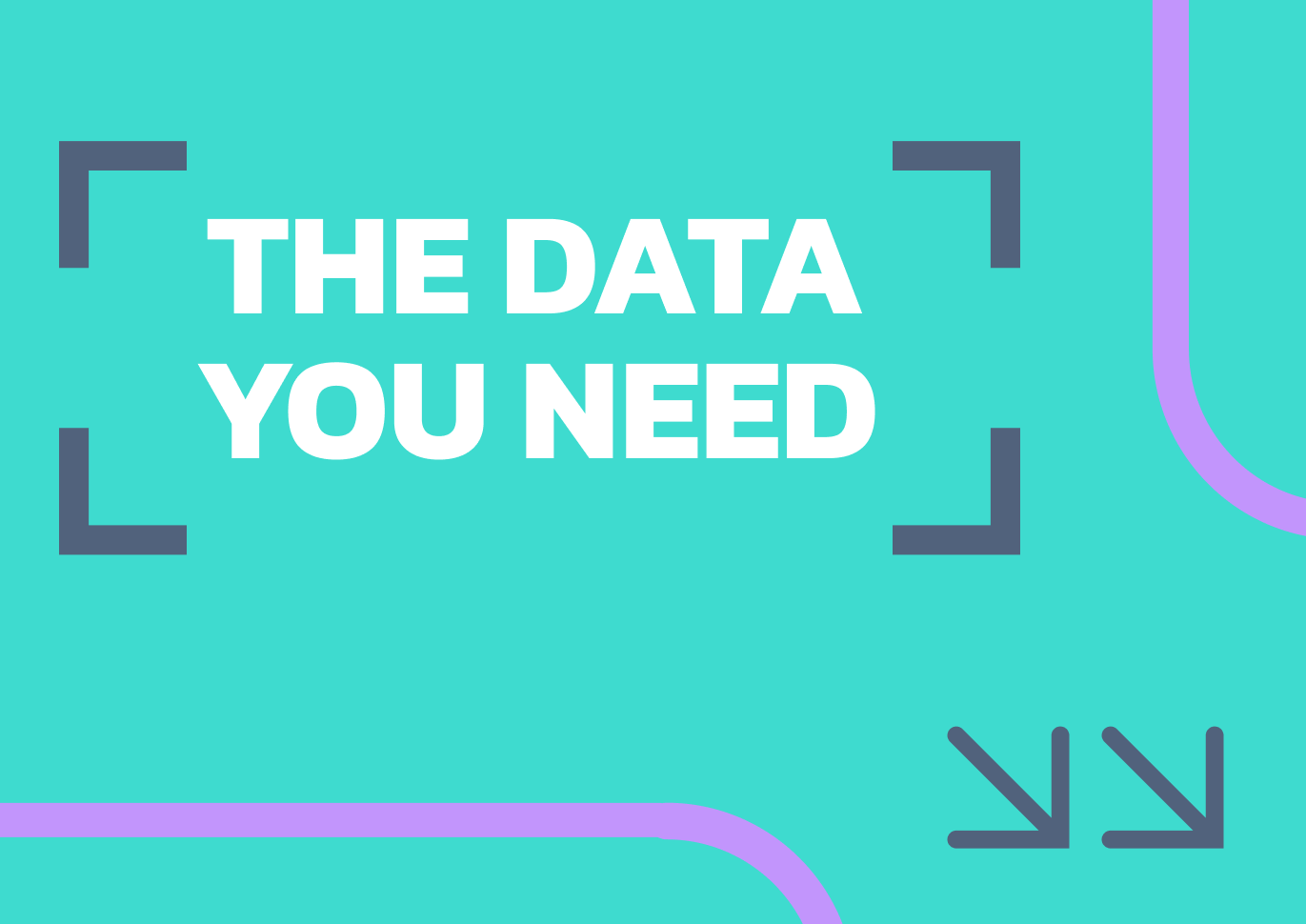
This selection of neighbourhood data on communities looks at some of the factors that could contribute to a strong community, to help highlight local assets and identify areas which may need more external support whether that is from local authorities, funders or charities.
All of the neighbourhood data on communities below are available in Local Insight for any area you care about – whether that is wards, parishes or towns. Register for a demo to find out more.
Source: Oxford Consultants for Social Inclusion (OCSI) and Local Trust
How often updated: Irregular

The Community Needs Index (CNI) , the first composite indicator of its kind, looks at the social and cultural factors that can contribute to poorer life outcomes. The CNI was used to develop a quantitative measure of ‘left-behind’ areas (read the full publication).
The overall CNI covers 19 indicators, across three domains;
Further reading: Community Needs Index 2023
Source: Electoral Commission
How often updated: Annually

The data shows the valid voter turnout (%) at the most recent Local Council Election (held between 2016 and 2019). Voting in local elections can be used as an indicator of civic participation and how likely people are to be engaged with local issues.
However, there is some local variation in the frequency and date of Local Elections, with different parts of the country going to the polls at different times and with different levels of regularity.
Caution is therefore advised when drawing direct comparisons between local areas, as the socio-political context varies from year to year with associated impacts on turnout rates. We have taken steps to adjust turnout figures from previous years either upwards or downwards to the 2019 average to reflect variation in turnout across different years.
Another factor affecting turnout is whether the local election is concurrent with other elections (for example turnout is generally higher when General Elections coincide with Local Elections). Frequency can also have an impact on turnout with a risk of electoral fatigue in areas required to re-elect councillors on an annual basis.
Source: Charity Base/Financial Conduct Authority/Co-operatives UK/Companies House
How often updated: Irregular

This data shows the total number of registered charities per head of the population. The data adds to a small data landscape for measures of third sector activity and service provision. It provides insight into the level of activity and engagement in the community from third sector organisations.
This can be used by grantmakers and charities to inform decisions on where to work, highlight areas that may need more support from the third sector, and form part of an assessment as to whether service provision is meeting local need through comparison alongside the Indices of Deprivation, for example.
The data is, however, based on the location of charities rather than where they operate. A charity based in an area may not necessarily reflect direct activity by that charity in that area, some of which may have a wider focus, even global.
Source: Department for Transport (DfT)
Timepoint: 2021
How often updated: Annually

This set of datasets show travel times in minutes to a number of key amenities by public transport, walking and cycling. These statistics are derived from the analysis of spatial data on public transport timetables; road, cycle and footpath networks; population and key local services. The data shows the average minimum travel time – the shortest travel time by walking and public transport, averaged over the LSOA.
The data could be used to highlight areas where services are not present in local communities or where improvements in transport provision may be needed to widen people’s access and address social isolation.
The amenities covered include:
All of this neighbourhood data on communities and more are available to use in Local Insight.
Local Insight is now hosting over 330 new indicators from Scotland’s 2022…
More
Data from Scotland’s 2022 Census has been published at Output Area level,…
More
Two new measures, the Welsh Community Assets Index (WCAI) and the Welsh…
More